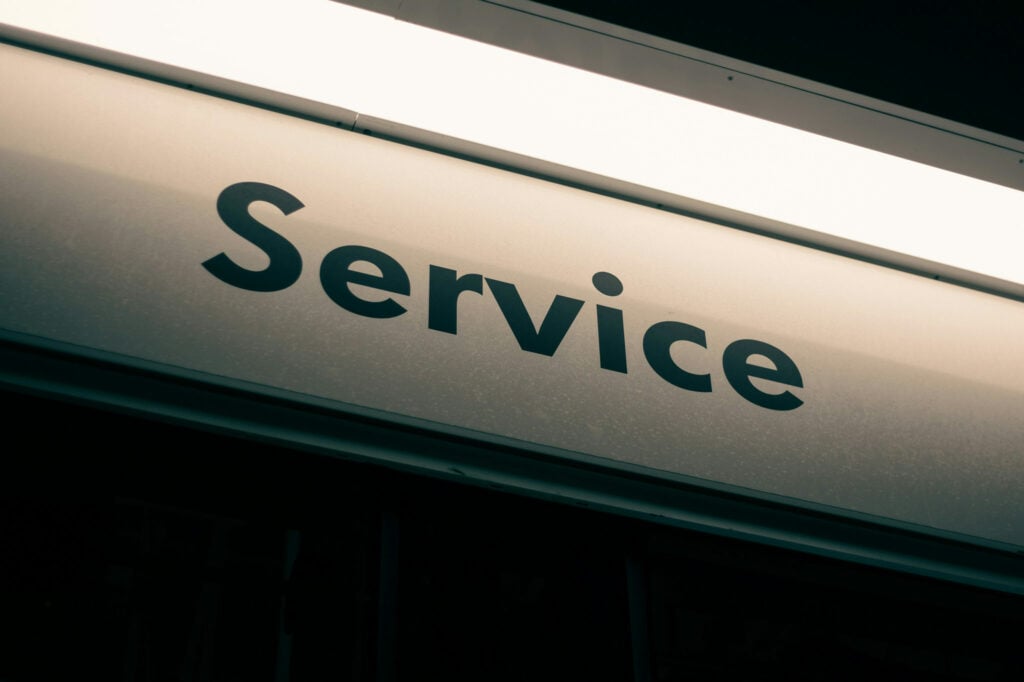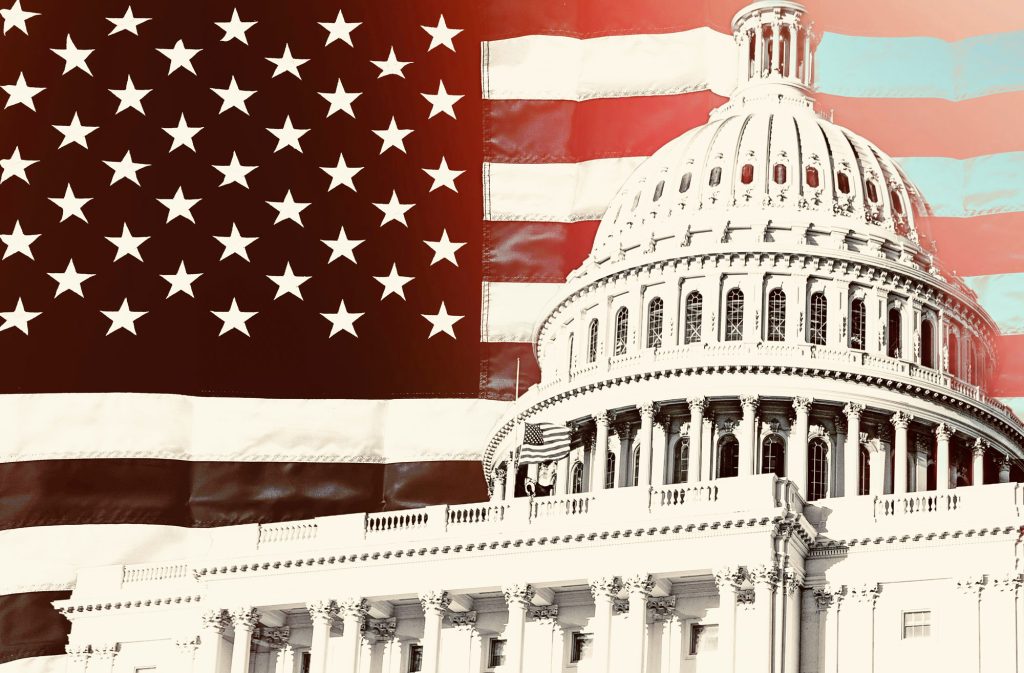Understanding service marks is key to preventing brand confusion and legally protecting your business services. Unlike trademarks, which cover goods, service marks are crucial for services, offering consumers a clear identifier of your brand’s origin and quality. Our comprehensive guide cuts through the legalese to explain how to establish and maintain service marks, ensuring your brand stands out and is legally safeguarded.
What You’ll Learn
- The distinction between service marks and trademarks, and why understanding and using service marks correctly is essential for safeguarding your business’s unique service identity within the market.
- Steps involved in the registration process of a service mark include conducting a thorough conflict search, navigating the detailed application process, and effectively addressing any issues such as Office Actions from the USPTO.
- The importance of ongoing vigilance in monitoring, maintaining, and enforcing your service mark to ensure it remains a strong protector of your brand against unauthorized use, and how to keep your registration details current.
Defining Service Marks
A trademark is generally a word, phrase, symbol, design, or a combination thereof, that identifies and distinguishes the source of the goods of one party from those of others. A service mark is the same as a trademark, except that it identifies and distinguishes the source of a service rather than goods. It is important to remember that the term “trademark” refers to both trademarks and service marks.
Such marks typically denote the intangible tasks carried out by one party to the advantage of another. The purpose behind a service mark is to enable consumers to discern between different companies’ offerings, thereby identifying where the service originated.
Service marks manifest in several ways, such as:
- Words
- Phrases
- Logos
- Symbols
Functioning as an indicator of the origin of particular services, a service mark empowers businesses to stand out from their competition. Safeguarding your unique brand identity is crucial to ensure consumers can distinguish the source of services.
The symbols denoting a service mark include SM for unregistered use and ® once you have obtained a federal registration. A company can take advantage of protecting their service mark by prohibiting other entities from employing similar marks which could potentially mislead or puzzle customers.
Service Mark vs Trademark
For anyone eager to protect their brand’s uniqueness, it’s essential to grasp the difference between a service mark and a trademark. Both serve as a source identifier to help prevent confusion in the marketplace. The key distinction is that trademarks are linked to goods, while service marks are related exclusively to services.
Take for example Amazon: it employs its name as both a trademark when referring to items like its Kindle e-reader and as a service mark concerning its online retail services. Whether opting for either form of protection—service or trademark—a single registration procedure exists via the U.S. Patent and Trademark Office (USPTO). Upon successful completion of this process, any kind of federally registered mark is authorized to use the ® symbol indicating registration.
Importance of Service Marks
Service marks serve as vital tools in safeguarding intellectual property, granting businesses the exclusive authority to utilize certain names or logos connected with their goods or services. Service marks play a crucial role in minimizing the chance of customer mix-ups by barring other companies from adopting similar marks.
These unique identifiers are not just about avoiding confusion; they also convey a message of reliability, goodwill, and quality that customers come to trust. A service mark becomes synonymous with the experience it represents, whether it’s the promise of speedy delivery, exceptional customer service, or innovative solutions. It’s an emblem of the business’s reputation, crafted over time through consistent service delivery and customer satisfaction.
Employing service marks strategically establishes a distinct brand persona for a business, which significantly assists in drawing and keeping customers. This is because these marks signify assurance regarding the quality and provenance of the offered services, thereby becoming fundamental elements contributing to business success. A strong service mark can elevate a company’s profile, making it more recognizable and memorable in the crowded marketplace. It becomes an asset that adds value to the brand and can even influence consumer behavior, encouraging loyalty and repeat business.
Service Mark Registration Process
Registering a service mark is an important step for businesses, offering protection across the nation through the USPTO. Although clear in its structure, the process can be intricate and lengthy. Thus, securing the services of a skilled attorney could prove advantageous.
The steps to register a service mark include submitting an application to the USPTO, covering necessary fees, and providing timely responses to any Office Actions. To ensure that your service mark doesn’t go abandoned during this registration process, it’s crucial to address each Office Action with promptness.
Conducting a Clearance Search
Before embarking on the registration journey, it is crucial to thoroughly investigate any similar service marks through a meticulous clearance search. The purpose of this step is to confirm that your mark stands out as unique and does not risk being confused with an already registered mark or any mixture of them.
The pursuit of identifying possible conflicts should extend beyond federal trademark registrations and state databases by scouring federal, state, common law, and international resources. To be truly comprehensive, these searches need to encompass instances where service marks may not be formally registered but are nonetheless utilized—in avenues such as business names, domain names on the internet, or even references within industry-related publications.
Filing a Service Mark Application
When applying a service mark, it is imperative to furnish comprehensive information concerning the mark and the services linked with it. This data encompasses:
- Particulars about the ownership of the mark;
- The classification of the mark being registered;
- The kind of services that are associated with this particular mark; and
- An instance showcasing how the mark is currently utilized, known as a specimen (optional).
It’s required for applicants to establish a confirmed account on USPTO.gov to proceed with their application through TEAS (Trademark Electronic Application System). For those marks not yet operational, one can opt for an Intent-to-Use filing which obligates them to demonstrate actual use after they receive a Notice of Allowance.
Overcoming Potential Obstacles
The process of registering a service mark involves overcoming certain hurdles, one of which is an Office Action. This official correspondence from the USPTO could ask questions or detail issues with the application.
Applicants must address all issues raised in an Office Action within a prescribed timeframe to prevent their application from being rejected or abandoned. Specifically, non-final office actions must be responded to within three months, although there exists the possibility to extend this period by another three months upon payment of an additional fee.
Examples of Service Marks
We encounter service marks routinely, sometimes without our conscious recognition. Nike’s slogan ‘Just Do It’ is a prime example of a service mark that has been instrumental in establishing its international fame.
- AOL’s classic “You’ve Got Mail” became synonymous with online communication services.
- FedEx’s “The World On Time” service mark assures timely delivery.
- McDonald’s “I’m lovin’ it” instantly recalls fast-food services.
- Visa’s “It’s everywhere you want to be” represents financial services.
Legal Protection and Enforcement of Service Marks
Registration of a service mark significantly strengthens legal defenses by creating an official record of the registered mark. The owner of the service mark is equipped to enforce service mark protection through legal channels as a result.
It should be recognized that while intellectual property law guards against unauthorized use, there are specific situations in which other business entities might legally utilize a word or phrase that has been registered without violating the rights conferred by the registration.
Monitoring and Maintenance
Owners of service marks must vigilantly oversee the usage of their mark in commerce to prevent unauthorized use or dilution. By actively monitoring infringing use, they can detect any infringement or misuse that could weaken their brand or result in forfeiting legal rights.
Maintenance of a service mark includes:
- Timely renewal of registrations before they lapse;
- Maintaining consistent use of the mark with commercial activities;
- Accurate documentation and tracking of its utilization for sustaining legal protections; and
- Up-to-date alterations in ownership or changes regarding how the service mark is used should be reflected on your registration
Adhering to these measures is critical for upholding the protection afforded by a registered mark.
Taking Legal Action
Should an unauthorized entity utilize a service mark in such a manner that could potentially confuse consumers regarding its source, the owner of the mark has the right to initiate a lawsuit for trademark infringement at either the state or federal level. A victorious lawsuit can lead to various forms of relief including injunctions—which stop misuse of the service mark—as well as monetary compensation and occasionally reimbursement for legal fees and other related expenses.
To determine whether there’s been an infringement, one commonly looks at whether there’s a likelihood of confusion that would cause consumers to be confused as to the source of the services. Before taking formal legal action, owners of service marks often opt to send cease and desist letters to purported violators as an initial measure of protecting their trademark rights.
International Service Mark Considerations
Businesses aiming to broaden their reach on a global scale must take into account the importance of securing international service mark registration. A key mechanism for this is the Madrid System, commonly referred to as the Madrid Protocol, which serves as an essential tool in registering service marks across various territories worldwide.
Madrid Protocol
The Madrid Protocol helps businesses in the international registration of service marks by enabling them to extend their registration across various jurisdictions, which includes any new members that become part of the Madrid Union.
Get Your Trademark or Pay Nothing with Our Guarantee Backed Trademark Services
Embarking on the journey of trademarking your service mark can seem fraught with uncertainty, but with our RLG Guarantee, we take the risk out of the equation. Our team of licensed US trademark attorneys is dedicated to managing your trademark registration process from the initial application to publication, including adept handling of any office actions from the USPTO.
Our promise is simple yet powerful: we guarantee results. If we don’t succeed in getting your trademark approved, we will refund 100% of our service fees—no questions asked. This is our commitment to your peace of mind and satisfaction.
In addition, we believe in transparent flat-fee trademark pricing. With us, you will be fully informed of all costs upfront, ensuring a clear and straightforward path through the trademarking process. Trust in our expertise and rest assured that your brand is in capable hands.
Dealing with the intricacies involved in registering a service mark can often be overwhelming. With the RLG Guarantee, we take the risk out of Trademarking your brand. Our licensed US trademark attorneys will handle your service mark registration from start to finish, including responses to any office actions from the USPTO.
We’re so confident in our ability to navigate the registration process that we guarantee results. Get your service mark approved or we’ll refund 100% of our fees—no questions asked. This is our RLG Guarantee to you.
In addition to our commitment to results, we offer transparent flat-fee trademark pricing. You’ll know all the costs involved before paying a dime, ensuring that the process is clear and straightforward. These attorneys provide essential counsel regarding how to enhance the safeguarding of your service mark across both national and global marketplaces. They are also equipped to help you navigate any legal challenge that might arise regarding your service mark.
Key Takeaways
- A service mark is a type of trademark that specifically protects services rather than goods.
- The registration of a service mark is a critical aspect of brand management applicable to all business sizes and industries.
- By obtaining a service mark, businesses legally prevent others from using confusingly similar marks that could deceive consumers.
- Vigilant registration and maintenance of service marks are not merely about legal compliance but are central to building and preserving a brand’s reputation.
- A service mark ensures that a business’s image and the quality it represents are uniquely linked to its services, becoming a valuable asset that enhances customer loyalty and contributes to the brand’s success and longevity.
Frequently Asked Questions About Service Marks
What are the rules for service marks?
Before federal registration, the symbols “TM” for goods and “SM” for services are used to indicate a trademark or service mark respectively. Once the mark is officially registered at a federal level, the symbol “®” should be utilized. This practice safeguards intellectual property by signaling ownership of the mark and can result in financial compensation if an infringement on that federally registered trademark occurs.
What is the difference between a service mark and a trademark?
The primary distinction between a service mark and a trademark lies in the fact that while trademarks are associated with products, service marks signify services. Both undergo an identical registration process and are afforded equivalent legal protections. It is common for “trademark” to be used as an overarching term for both categories of intellectual property.
Can I own a service mark and a trademark?
Yes, a business or individual can own both a service mark and a trademark simultaneously, especially in the diverse world of tech industries. For example, a software company might have a trademark for its computer security software sold under a specific name, while also holding a service mark for the customer support services it provides. By securing both types of marks, the company ensures robust protection of its brand’s identity across the various facets of its operations, from tangible products to client support experiences.
What is a service mark example?
As mentioned above, a great example of a service mark is Nike’s “Just Do It” mark. This service mark identifies the company and differentiates its service from others in the industry.
The RLG Guarantee on Trademarks
The RLG offers a money-back guarantee on all trademark applications. To be clear: should your trademark application not be allowed for any reason we would provide a full refund. The RLG trademark package includes a comprehensive trademark search, preparation and filing of your trademark application with the USPTO and payment of your USPTO filing fees. Please call us at (954) 951-0154 for a free consultation or take our intelligent IP quiz to see what protection is best for your invention.
Remember, whether a trademark is worth it for your business ultimately depends on your brand’s importance, your long-term plans, and your willingness to invest in brand protection. Many businesses find that trademarks are a valuable tool for building and protecting their brand, but it’s essential to make an informed decision based on your specific circumstances and goals. Consulting with a trademark attorney or professional can provide valuable guidance in this regard.




